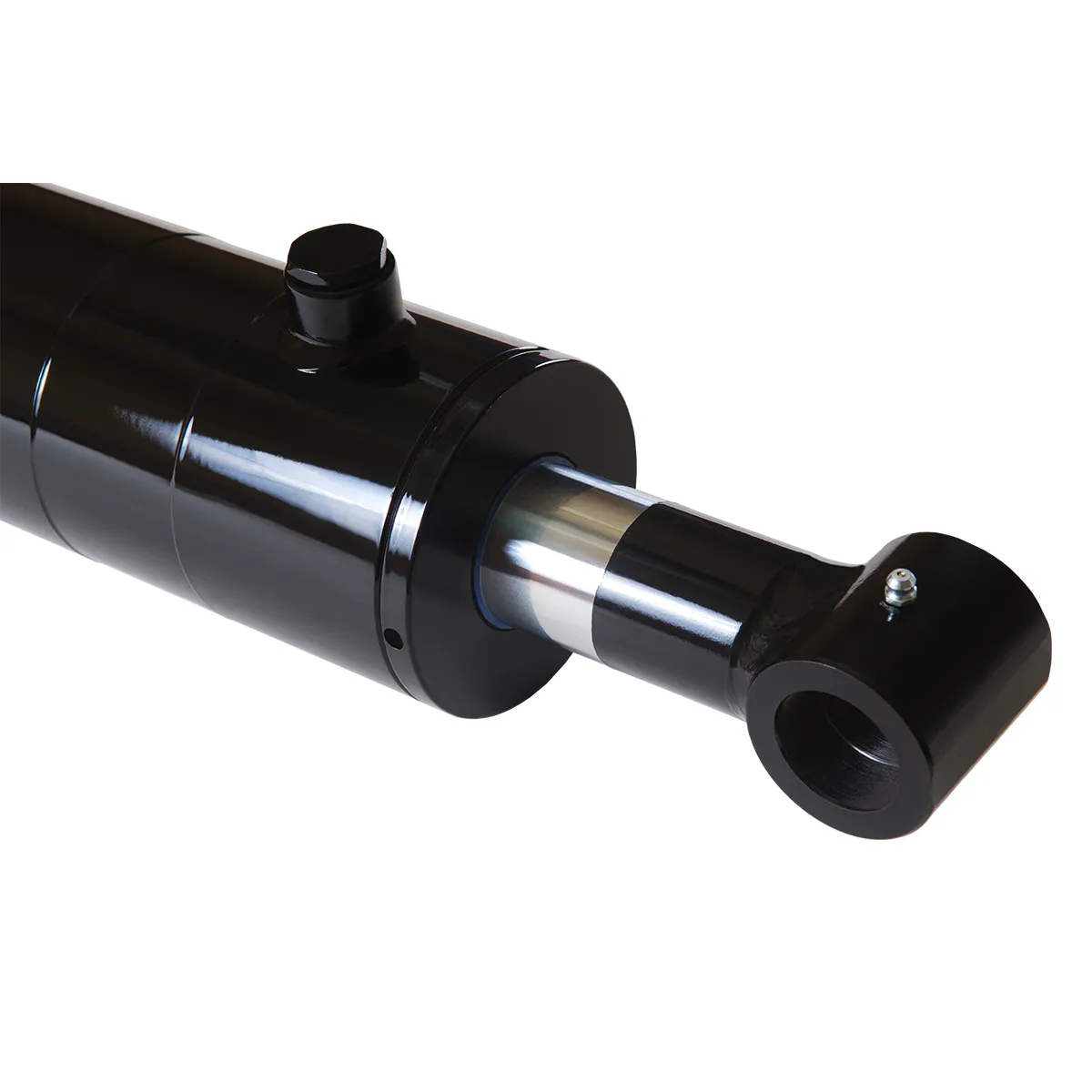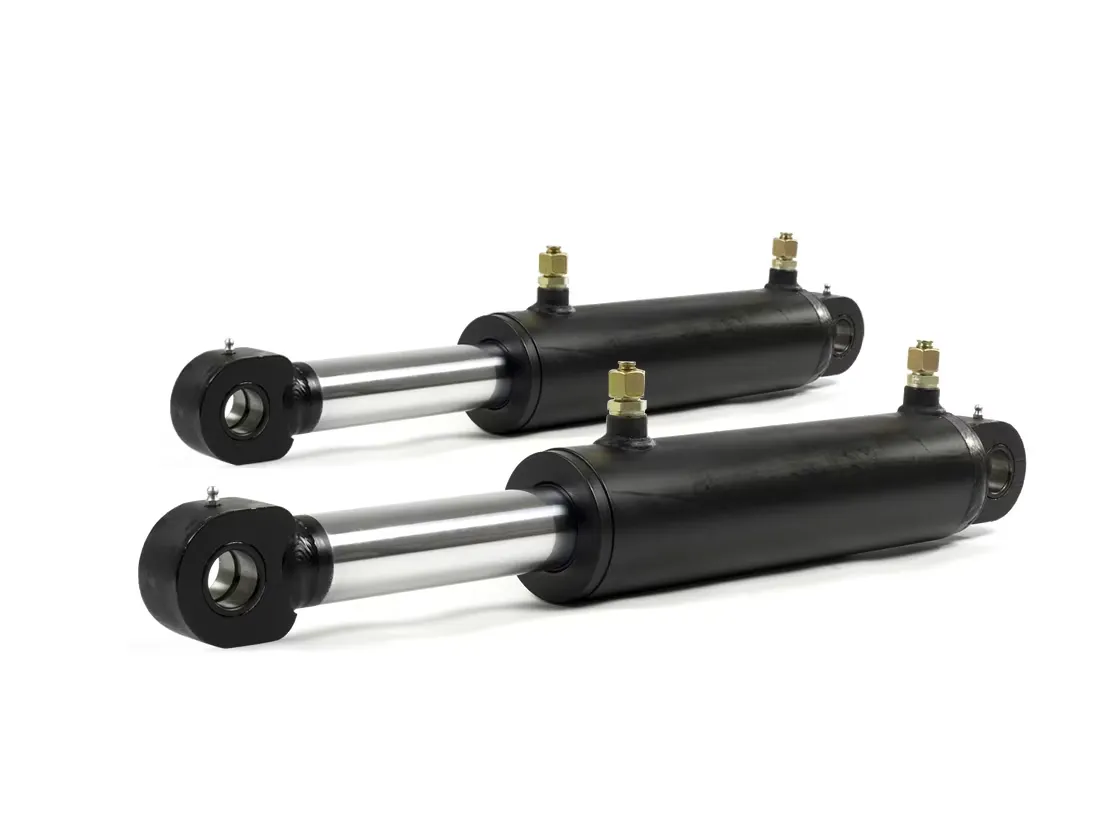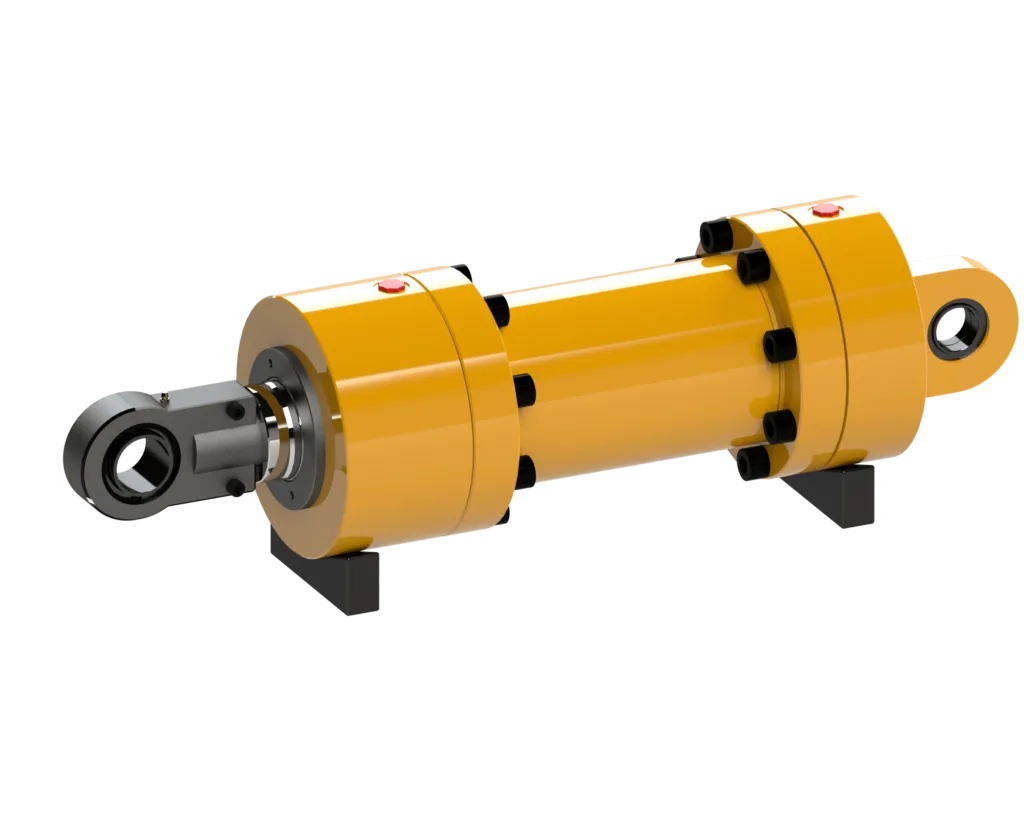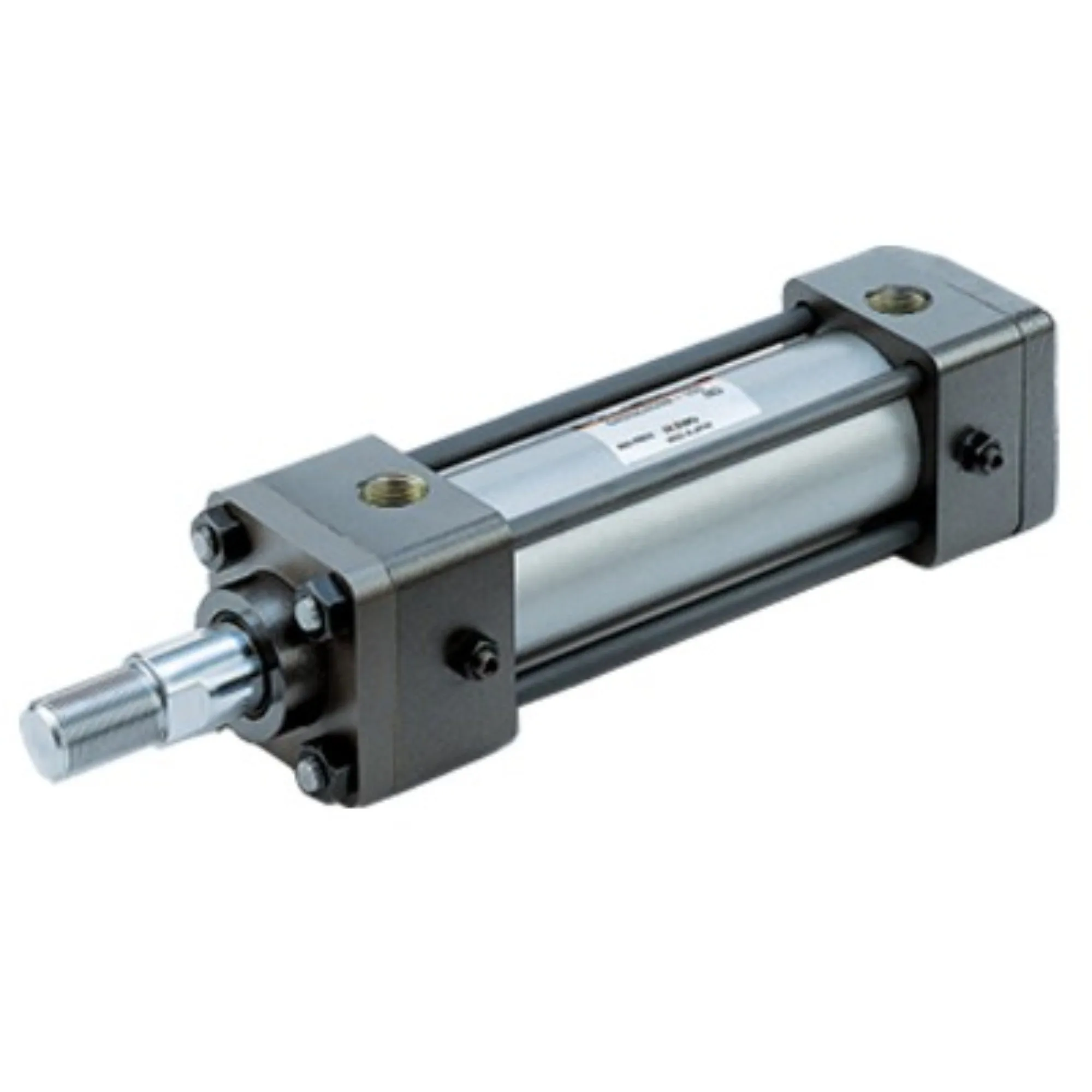Introduction
In this article, we will delve into the world of locking single-acting hydraulic cylinders and explore their design, construction, working principles, types, benefits, applications, maintenance, unit power, optimization, and more. Specifically tailored for thermal power plants, these cylinders play a crucial role in ensuring safety, reliability, and efficiency in various operations.
Locking Mechanism – Safety
The main feature of a locking single-acting hydraulic cylinder is its locking mechanism, which safeguards the piston position in the absence of hydraulic pressure, preventing accidental retractions. This mechanism can be mechanical or hydraulic, providing an added layer of security.
Variety
The design of the locking mechanism can be customized to suit specific applications, offering options such as spring-loaded devices, pin locks, and other mechanical locks. This versatility ensures adaptability to different operational requirements.
Compact Structure – Space Optimization
Locking single-acting hydraulic cylinders are designed to be compact, making them ideal for use in confined spaces. Their space-saving design allows for easy integration into various equipment and machinery, optimizing efficiency.
Precision Manufacturing – High-Precision Machining
These cylinders require precise manufacturing processes to ensure component accuracy, tight fits, and superior sealing performance. Strict quality control measures are implemented throughout the production process to guarantee reliability.
Assembly Process – Specialized Assembly

Professional technicians oversee the assembly process to ensure correct installation and calibration of components. Pressure tests are conducted post-assembly to verify performance and seal integrity, adhering to stringent quality standards.
Working Principle
The locking single-acting hydraulic cylinder operates by utilizing a locking mechanism to hold the piston in place when hydraulic pressure is lost. This mechanism prevents retraction under load, ensuring operational safety and stability.
Three Types of Locking Single-Acting Hydraulic Cylinders
1. Mechanical Locking Cylinder
2. Hydraulic Locking Cylinder
3. Spring-Loaded Locking Cylinder
Benefits
1. Enhanced Security: Prevents accidental retractions, improving operator safety.
2. Reliability: Ensures consistent performance under high loads and varying conditions.
3. Simplicity: Easy to operate and maintain, enhancing user-friendliness.
Applications
1. Construction Equipment: Ideal for cranes, hoists, and lifts to secure heavy loads.
2. Manufacturing: Used in presses to fix materials under high pressure during processing.
3. Transportation: Ensures vehicle stability during maintenance or transportation.
4. Aviation: Critical for landing gear systems to secure appropriate positions during flight operations.
Design Considerations and Selection Criteria
1. Bearing Capacity
2. Sealing
3. Durability

4. Safety
5. Maintainability
Sealing and Lubrication
Proper sealing and lubrication are essential for the optimal performance of locking single-acting hydraulic cylinders. Various seals and wear-resistant materials are used, along with regular hydraulic oil fill-ups for lubrication to minimize wear and ensure longevity.
Regular Inspection and Preventive Maintenance
1. Scheduled Inspections
2. Lubrication Checks
3. Seal Replacements
Installation Guide
Proper installation is key to maximizing the efficiency and longevity of locking single-acting hydraulic cylinders. Follow manufacturer guidelines and ensure correct alignment, mounting, and calibration for optimal performance.
Maintenance Tasks
1. Regular Inspection
2. Proper Lubrication
3. Seal Replacement
Safety Considerations and Environmental Factors
Adhering to safety protocols and environmental standards is crucial when operating locking single-acting hydraulic cylinders. Implement safety measures to minimize risks and promote a sustainable working environment.
Fault Diagnosis and Common Problems
1. Cylinder Leakage
2. Seal Wear
3. Locking Mechanism Failure
Unit Power
Unit power is a critical factor in evaluating hydraulic system performance. Cylinder diameter, stroke, operating pressure, piston speed, and load conditions influence the power output, efficiency, and overall effectiveness of the system.
Optimizing Locking Single-Acting Hydraulic Power Unit
Optimizing power units enhances efficiency, energy savings, and equipment reliability. By managing power effectively, operational time can be reduced, energy consumption minimized, and equipment longevity increased.
FAQs
1. How does the locking mechanism in a single-acting hydraulic cylinder work?
2. What are the main components of a locking single-acting hydraulic cylinder?

3. What advantages do locking single-acting hydraulic cylinders offer over standard single-acting cylinders?
Long-Tail Keywords
1. Locking Single-Acting Hydraulic Cylinder Efficiency Optimization
2. Enhanced Safety Features of Locking Single-Acting Hydraulic Cylinder
3. Customized Solutions for Locking Single-Acting Hydraulic Cylinder Applications
Our Company
We are a leading hydraulic cylinder replacement manufacturer, offering a wide range of products tailored to meet diverse needs. With a focus on quality, innovation, and customer satisfaction, we have established ourselves as a trusted partner in the hydraulic industry.

